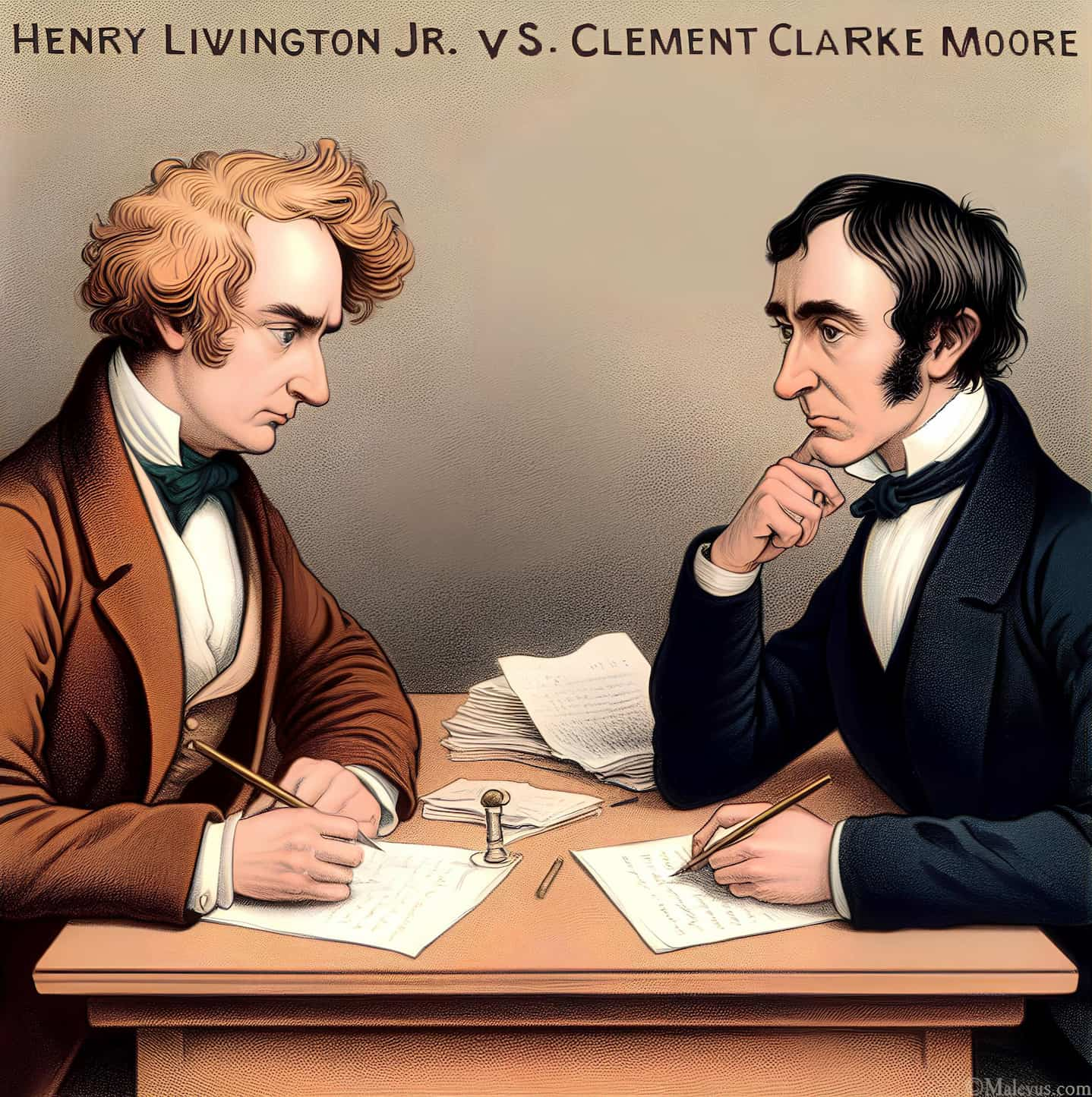Discover Who Really Wrote the Night Before Christmas
"The Night Before Christmas" is a classic Christmas poem whose authorship has been questioned for many years.

"The Night Before Christmas" is a classic Christmas poem whose authorship has been questioned for many years.

